Cycling Survival Kit
Having completed your pre-ride bike checks - you should make sure that you are carrying a few essentials with you on your ride in case of any mechanical faults or if you are out riding solo. We know it sounds a bit fancy and maybe a little over-the-top but trust me, there is nothing worse than having to call someone to pick you up because you have got a puncture 10 miles from home and not got a repair kit or spare (inner) tube to fix it. What you decide to carry will ultimately come down to personal choice but should take into account the type of cycling you are doing and how far you are riding - but here's some things we'd recommend.
Saddle bag / Seat-pack
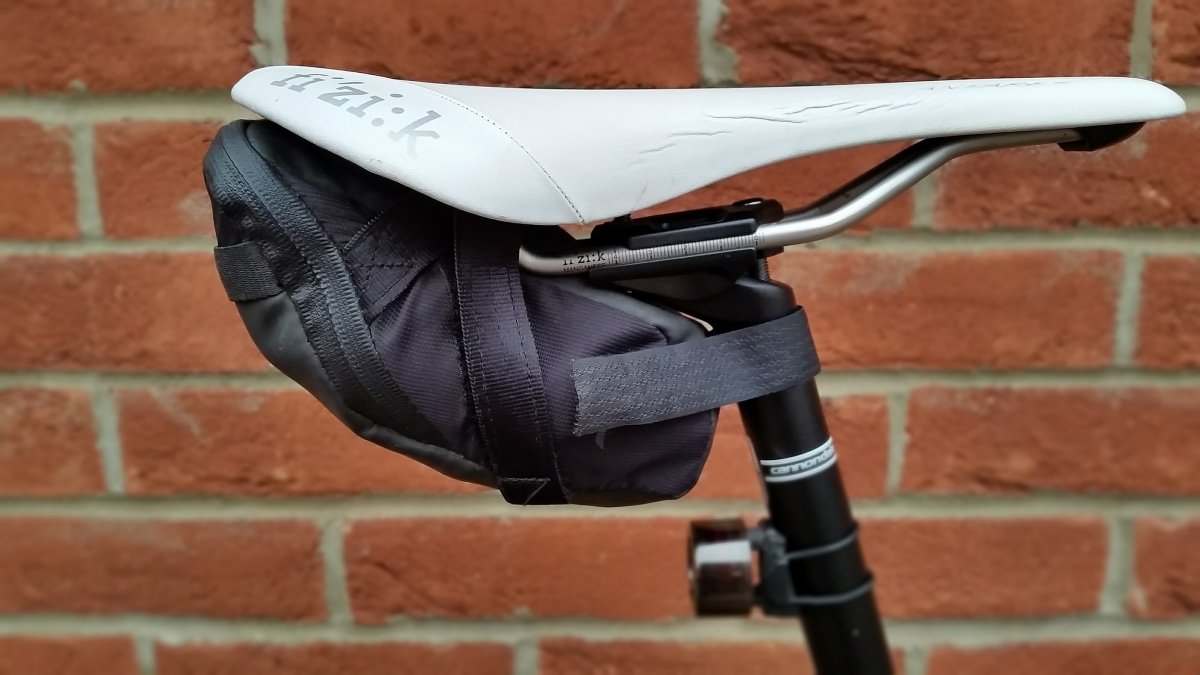 Some people love them and some simply don't - but we would recommend getting a saddle bag. Typically measured in litres, they come in a variety of sizes (and shapes). A small bag will have a capacity of around 0.3-5 litres which is more suited for carrying a set of key, some cash and a puncture repair kit. Whereas a lager bag can be as big as 4 or 5 liters. Alternatively for shorter rides, you might choose a micro bag which simple holds cash, a spare inner tube, tyre levers and sit nicely underneath the saddle. Saddle bags are easy to fit (depending on your saddle shape) with either buckle, Velcro or quick-release fitting. They are often waterproof with reflective detail and even fixings for rear lights. Saddle bags are very versatile and great for when you really don't need to be carrying and backpack or pannier bag.
Some people love them and some simply don't - but we would recommend getting a saddle bag. Typically measured in litres, they come in a variety of sizes (and shapes). A small bag will have a capacity of around 0.3-5 litres which is more suited for carrying a set of key, some cash and a puncture repair kit. Whereas a lager bag can be as big as 4 or 5 liters. Alternatively for shorter rides, you might choose a micro bag which simple holds cash, a spare inner tube, tyre levers and sit nicely underneath the saddle. Saddle bags are easy to fit (depending on your saddle shape) with either buckle, Velcro or quick-release fitting. They are often waterproof with reflective detail and even fixings for rear lights. Saddle bags are very versatile and great for when you really don't need to be carrying and backpack or pannier bag.
Puncture repair kit and spare inner tube(s) -
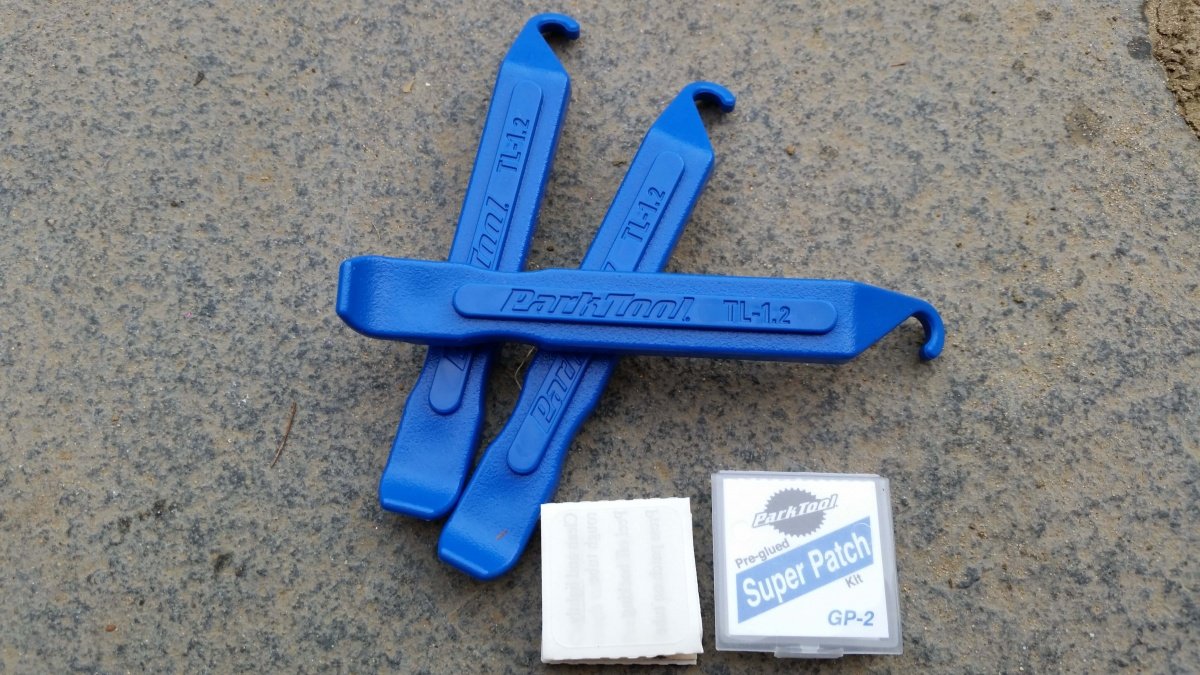 Carry decent tyre levers. Getting a puncture can be incredibly frustrating, but not as much as bending or snapping your tyre lever once you have calmed down enough to remove the tyre! Carry a spare inner tube or two (depending on how far you ride). Once upon a time I was training for my first 100 mile sportive and suffered 5 punctures on a 60 mile ride. OK so I wasn't carrying 5 new tubes but 2 of the flats (tyres) happened because I hadn't fixed the puncture properly. Changing an inner tube, although maybe seen as a little lazy, will take you significantly less time than fixing a puncture correctly first time. If however you don't what to have to keep buying new inner tubes, make sure you have good self-adhesive or pre-glued patches. We really like the Park Tool Super Patch. They cover a large surface area, are VERY sticky and a pack of 6 will cost you around £2.50 from Wiggle or Chain Reaction. Once you have fixed your inner tube and put your trye back on, you need to pump it up to at least a level that you can ride on. You can choose to carry a mini pump or Co2 inflator. A 16g Co2 canister will instantly inflate a mountain bike tyre to around 60 psi and a road tyre to 100+ psi.
Carry decent tyre levers. Getting a puncture can be incredibly frustrating, but not as much as bending or snapping your tyre lever once you have calmed down enough to remove the tyre! Carry a spare inner tube or two (depending on how far you ride). Once upon a time I was training for my first 100 mile sportive and suffered 5 punctures on a 60 mile ride. OK so I wasn't carrying 5 new tubes but 2 of the flats (tyres) happened because I hadn't fixed the puncture properly. Changing an inner tube, although maybe seen as a little lazy, will take you significantly less time than fixing a puncture correctly first time. If however you don't what to have to keep buying new inner tubes, make sure you have good self-adhesive or pre-glued patches. We really like the Park Tool Super Patch. They cover a large surface area, are VERY sticky and a pack of 6 will cost you around £2.50 from Wiggle or Chain Reaction. Once you have fixed your inner tube and put your trye back on, you need to pump it up to at least a level that you can ride on. You can choose to carry a mini pump or Co2 inflator. A 16g Co2 canister will instantly inflate a mountain bike tyre to around 60 psi and a road tyre to 100+ psi.
Multi-tool (and chain link tool) -
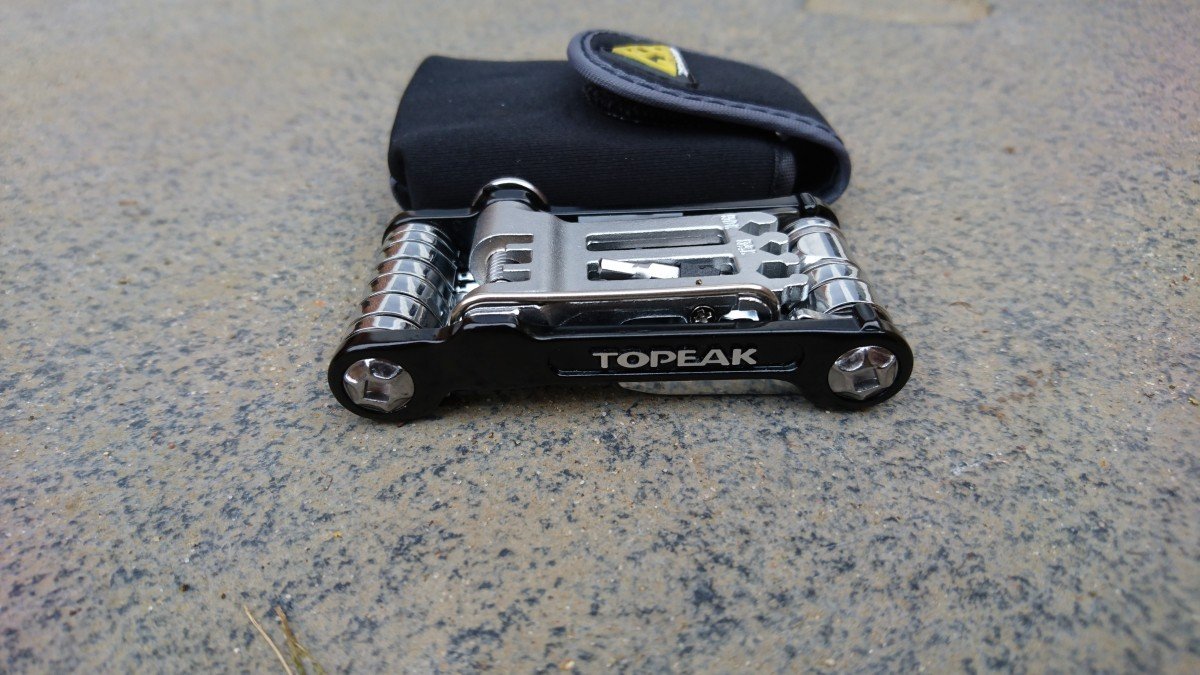 The multi-tool is a fantastic little invention. They are compact, (often) lightweight and fit nicely into a saddle bag or pocket. They are perfect for a quick tighten of a loose stem bolt or saddle adjustment. Most multi-tools are commonly fitted with various sized Allen (hex) keys and Philips and flat-head screwdrivers as the basics. More advanced multi-tools may come with a chain link tool, Torx keys for star shape bolts, spoke wrench and sometimes a tyre lever. Manufacturers include Lezyne, Topeak and Crankbrothers to name a few. There isn't really a correct multi-tool unless you choose one that has more attachments than a Swiss army knife, but these can be heavy and bulky. More advanced multi-tools can also be quite expensive so look at a range of options and more importantly, check the the type of bolts your bike uses.
The multi-tool is a fantastic little invention. They are compact, (often) lightweight and fit nicely into a saddle bag or pocket. They are perfect for a quick tighten of a loose stem bolt or saddle adjustment. Most multi-tools are commonly fitted with various sized Allen (hex) keys and Philips and flat-head screwdrivers as the basics. More advanced multi-tools may come with a chain link tool, Torx keys for star shape bolts, spoke wrench and sometimes a tyre lever. Manufacturers include Lezyne, Topeak and Crankbrothers to name a few. There isn't really a correct multi-tool unless you choose one that has more attachments than a Swiss army knife, but these can be heavy and bulky. More advanced multi-tools can also be quite expensive so look at a range of options and more importantly, check the the type of bolts your bike uses.
Working light(s) -
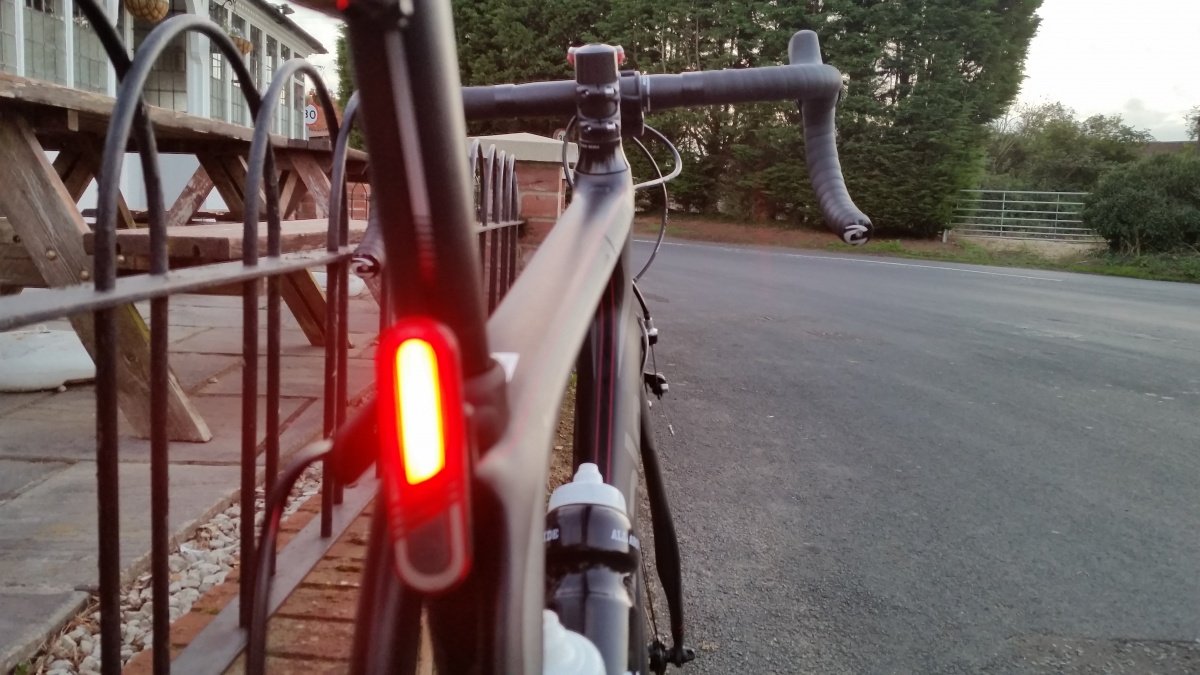 We love lights like the Moon Crescent rear light and use them on every ride - whether it is dark or the middle of a summers day. It is bright enough to see at anytime of day, making me that little bit more visible. The size of modern cycle lights means that you can have a set of safety lights fitted to you bike all-year-round. Rechargeable lights are a great and usually lightweight option as they can usually be charged with a USB cable as well as wall plug. Just remember to charge them and check they are working before you set-off. *Check out our Pre-ride Bike Checks article.
We love lights like the Moon Crescent rear light and use them on every ride - whether it is dark or the middle of a summers day. It is bright enough to see at anytime of day, making me that little bit more visible. The size of modern cycle lights means that you can have a set of safety lights fitted to you bike all-year-round. Rechargeable lights are a great and usually lightweight option as they can usually be charged with a USB cable as well as wall plug. Just remember to charge them and check they are working before you set-off. *Check out our Pre-ride Bike Checks article.
Wallet or cash -
You may have planned your route to include a stop at a 'cafe stop'. It is always good to plan a stop on route if you are cycling over a certain distance. A cafe stop can also be a welcome break if you are cycling with others as it's a great way to have a proper chat. However, if you are cycling with a group, try not to be the one that has 'forgotten his wallet' and needs someone else to cover them. We also recommend that you carry some cash in you saddle bag or a (jersey) pocket for emergencies. You may think you have provisioned enough food and drink for your ride but getting cramp because you have run out of drink 10 miles from home is no fun! Take some cash/change with you - it's better to have it and not need it than the other way round.
A mobile phone -
It was recorded by Ofcom that at the end of 2014 there were 89.9 million active mobile subscriptions in the UK. Pretty good for a country that has a population of around 64 million. This means that just about everyone either has a phone or has access to a mobile phone. Whilst phones seem to be getting bigger in screen size, they are thin and lightweight. Lots of people use their mobile to run fitness apps such as Strava, Runkeeper and Map My Fitness. This means they automatically take a phone on a ride with them. For others, they may ride to get away from text messages and phone calls and we can't really blame them. But you should carry your phone with you in case of an emergency, mechanical breakdown or just to let people know where you are. If you do take your phone with you, make sure it is suitably charged.
Water or fluid -
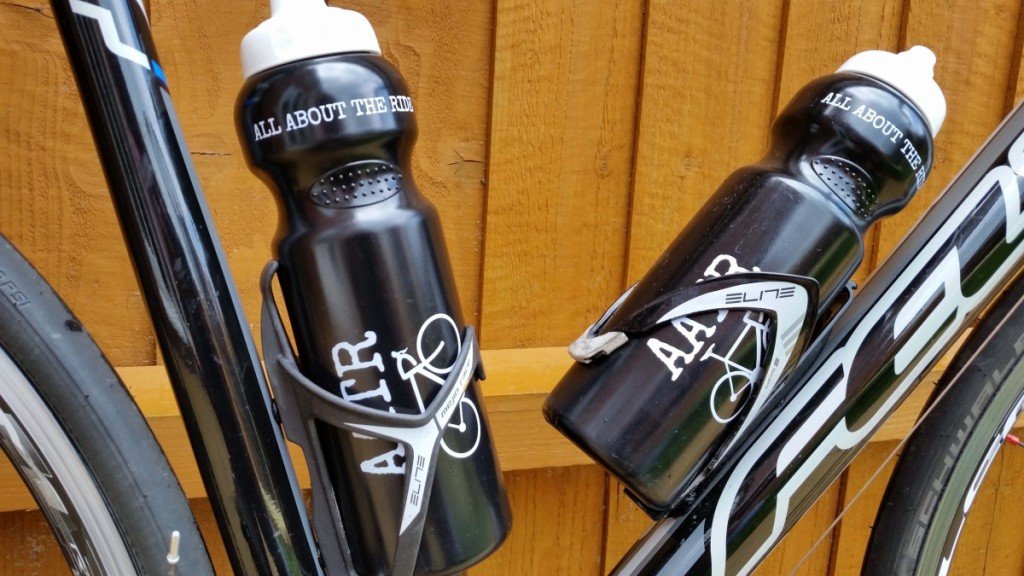 A cycle drinks bottle can cost as little as a pound and a drinks bottle cage (fittings found on most bikes) isn't much more. If you are cycling, the chances are you will sweat and lose fluid. This can cause you to dehydrate which can cause cramp and (or) dizziness. If you don't plan on taking a drink with you, make sure you have one before you set off and are able to get one during your ride. But we would still strongly recommend taking one with you.Conclusion - This article is based on our personal experiences and may not suit everybody. However, we think that a few simple purchases can make sure you don't get caught out when riding your bike. Obviously these don't cover every circumstance but should hopefully give you some peace of mind on your ride.Ride Safe!AATR
A cycle drinks bottle can cost as little as a pound and a drinks bottle cage (fittings found on most bikes) isn't much more. If you are cycling, the chances are you will sweat and lose fluid. This can cause you to dehydrate which can cause cramp and (or) dizziness. If you don't plan on taking a drink with you, make sure you have one before you set off and are able to get one during your ride. But we would still strongly recommend taking one with you.Conclusion - This article is based on our personal experiences and may not suit everybody. However, we think that a few simple purchases can make sure you don't get caught out when riding your bike. Obviously these don't cover every circumstance but should hopefully give you some peace of mind on your ride.Ride Safe!AATR

